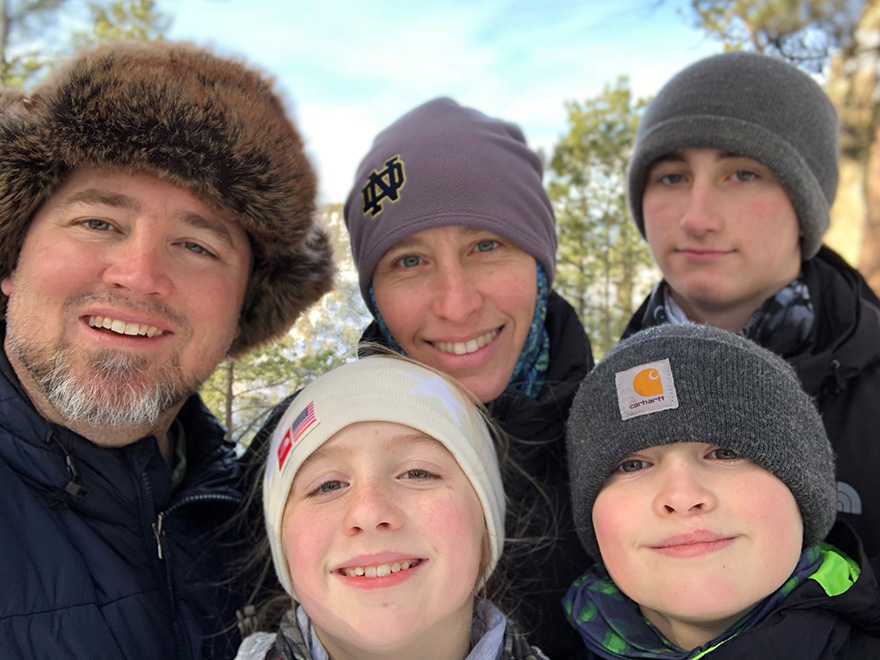Storytime
We have a long tradition of reading aloud in my family. I can recall winter nights listening to my dad read the Laura Ingalls Wilder series about life on the American frontier to me and my sisters. Every now and again, he would throw an anachronism into the story, just to test whether or not we were listening.
“And then Laura heated up her sandwich in the microwave before getting her milk from the fridge.” We’d jump all over him.
I’ve enjoyed doing the same for our kids this winter. They love to tell me that Laura or Almanzo couldn’t ride to town in their car because “it was the olden days.”
The stories are well-written—descriptive and accessible—and engage kids in the 4-11 year-old range. The early books deal with Laura and Almanzo when they are children, so the reactions and emotions of the characters are easy for our kids to identify with.
The setting, however, is a whole different world.
Laura and Almonzo are telling stories about growing up on the frontier or on a pre-industrial farm. These are children who, at the age of 8 or 10, are out chopping wood and planting corn and breaking young oxen and churning butter. Our kids are fascinated to hear about the life of these kids from 150 years ago.
My ancestors homesteaded near DeSmet, South Dakota, where Laura and Almanzo settled, so there is a bit in these stories that strikes close to home. I recall hearing these books read to me and thinking that these stories are a bit of my own family history, or at least pretty darned close. Without being heavy-handed, I’m trying to impress the same on our kids.
So, for example, when whining commences on cleaning day about the chores that are being asked of them, I ask our kids a simple question: “What do you think Almanzo would have done in this situation?” or “How would Laura do her chores?”
I regard our family’s work ethic as one of the most important values I have to hand on to our children. It is a value I prize in myself and that keeps me connected in a tangible way to my family and ancestry in rural South Dakota. Without having to immerse our kids into forced labor, these stories are an attractive way to introduce the value of hard work to them.
Last week, Stacey wrote about developing a “theological imagination,” or the capacity to wonder about how God is present in all things. In the Little House on the Prairie series, I’m finding an avenue to develop a moral imagination with our kids—the capacity to wonder about how their lives might be different.
As with all good literature, stories that convey a deeply human experience widen our worldview and expand our horizons. In reading, we immerse ourselves in a different world and walk in someone else’s shoes. This vicarious experience gives us new perspectives and allows us to develop our capacity to wonder how our lives might be different.
It is a gift to have a series of books that do this so well for children, and, on top of that, with stories that are rich with my own family’s culture.





